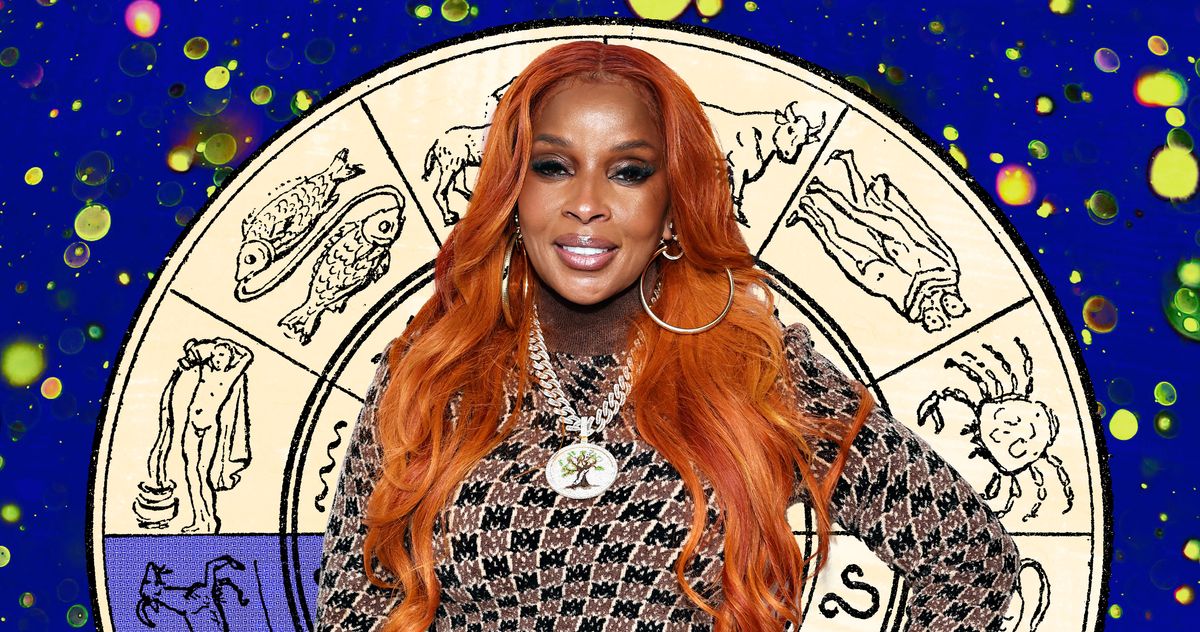Fashion
NY Fashion Workers Law Would Pave the Way for Industry Fairness

The New York State Fashion Workers Act creates valuable protections for models and other creatives while circumscribing and regulating model management companies that are long overdue. The comprehensive new law, which Gov. Kathy Hochul (D) is poised to sign, would safeguard the rights of fashion workers and initiate requirements on their clients and management companies.
New York’s fashion industry is renowned worldwide but has lagged in providing fundamental protections for its workers. The fashion industry employs 180,000 people, accounting for 6% of the city’s workforce, and it generates $10.9 billion in total wages.
But the creative workforce behind the fashion industry’s success has lacked fundamental labor protections. This discrepancy leaves fashion workers, such as models, influencers, content creators, performing artists, and other people who perform modeling services vulnerable to exploitation.
The proposal, among other things, would require models to give written consent to agencies that use their digital likenesses in campaigns. Models and creatives are often classified as independent contractors and have fewer rights than employees.
It would also place certain duties and prohibitions on an array of clients that they should be aware of.
In its current iteration, New York would require the registration of model management companies operating in the state, provide for complaint procedures with the New York State Department of Labor, and impose penalties for violations. A model would also have the right to bring an action, including for recovery of attorneys’ fees, in a court of law for a violation of the New York State Fashion Workers Act.
Modeling agencies in New York traditionally have operated as management companies and not talent agencies. The distinction is significant. A management company is free from the licensing and regulatory requirements that are imposed on talent agencies.
The new law would create a fiduciary duty for management companies for the models they represent. The management companies would be required to act in good faith and in models’ best interests.
The fiduciary duty encompasses all aspects of the model management company’s representation, such as negotiations, contracts, financial management, and the protection of the models’ legal and financial rights.
The law also would close some of the loopholes that made models vulnerable to exploitation. For example, a model management company must conduct due diligence to ensure that any employment or engagement booked through the company doesn’t pose an unreasonable risk of danger to the model, including the risk of abuse or harassment.
Some of the Act’s provisions protect models from unfair contract terminations. Agencies must provide just cause for termination and give models the opportunity to address any issues before terminating their contracts. For the first time, management companies would be required to register and deposit a surety bond of $50,000.
Model management companies provide models with a copy of contracts and agreements. The management companies would also have to notify formerly represented models if the management companies collect fees on their behalf. Additionally, by capping agency commissions at 20% of a model’s earnings, the Act seeks to prevent financial exploitation by agencies. It also sets limits on the number of hours models can work to eight consecutive hours and mandates rest periods between jobs. This prevents overwork and ensures that models have time to rest and recover.
A model is defined as an individual, regardless of their status as an independent contractor or employee, who performs modeling services for a client or consents in writing to the transfer of their legal right to the use of their name, portrait, picture, or image for advertising or trade purposes.
The Act contains key requirements targeting clients or any other entity that receives modeling services from a model directly or through an intermediary.
Clients would also have enhanced responsibilities for the health and safety of fashion workers, including protection from unsafe working conditions, access to necessary health services, and liability insurance to cover the health and safety of models who work for them.
Clients would be required to protect models from harassment and abuse. The “zero tolerance” policy regarding abuse is particularly important for the protection of minors involved in the fashion industry.
This article does not necessarily reflect the opinion of Bloomberg Industry Group, Inc., the publisher of Bloomberg Law and Bloomberg Tax, or its owners.
Author Information
Carla Varriale-Barker is shareholder at Segal McCambridge in New York.
Marie-Victoire Wickers is an associate at Segal McCambridge in New York.
Write for Us: Author Guidelines







:max_bytes(150000):strip_icc()/roundup-the-viral-fashion-brand-constantly-in-my-instagram-feed-tout-0f437a4e169d4bb5b2e1441e26fffbea.jpg)

